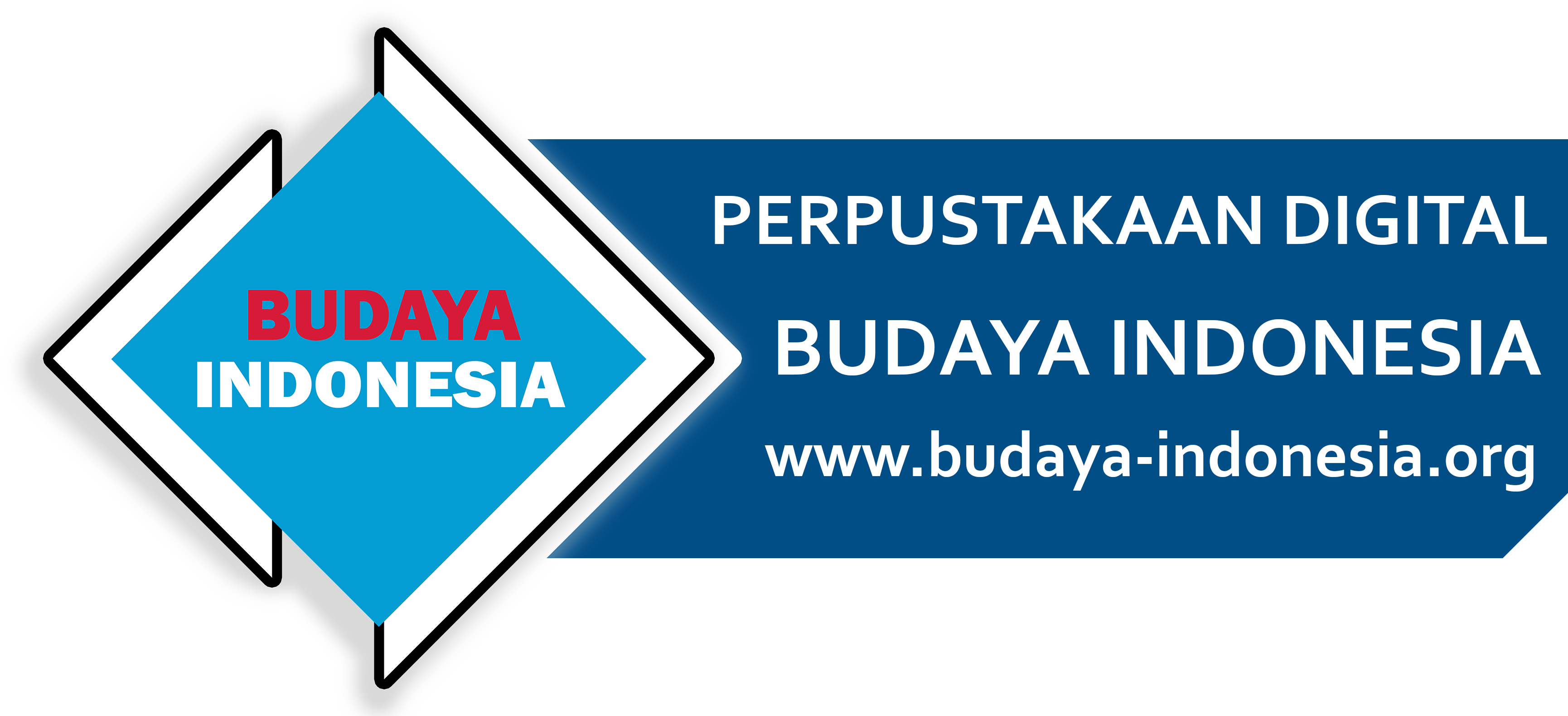The Rich History and Vibrant Philosophy of Ludruk
INFOBUDAYA.NET — Ludruk is a traditional performing art from East Java that combines drama, humor, and music. Originating from the Majapahit era, Ludruk has evolved over centuries to reflect the daily lives and struggles of ordinary people. Unlike other traditional Indonesian performances, such as Ketoprak from Central Java or Lenong Betawi from Jakarta, Ludruk focuses on contemporary life and often incorporates comedic elements that leave the audience laughing. One of its distinctive features is that male actors often perform female roles, which adds a layer of humor and satire to the performance. This is particularly notable in the performances of legendary comedian Cak Kartolo, whose distinctive voice and wit have made him a beloved figure in East Java.
Ludruk also showcased acts of strength, skill, and kanuragan (Javanese martial arts), where performers demonstrated their physical abilities to the delight of the audience. These early performances were accompanied by traditional instruments like jidor and kendang (drums), creating an energetic and exciting atmosphere. Held in open-air spaces, such as fields or public squares, these performances were a means of both entertainment and a display of physical prowess.
As time went on, Ludruk evolved into a more sophisticated form of entertainment. In the 17th and 18th centuries, the style shifted from Ludruk Bandhan to Lerok Pak Santik. The introduction of Lerok, a stringed instrument similar to the kecapi (lute), further enhanced the performances, adding musical complexity to the storytelling. Pak Santik was a key figure in this evolution, helping to formalize Ludruk into a performance style that incorporated elements of dance, music, and comedy. This period marked the beginning of Ludruk’s transformation into the comedic, social commentary-driven art form it is today.
What sets Ludruk apart from other traditional Indonesian performances is its deep connection to the everyday lives of common people. Rather than telling grand historical tales or mythical stories, Ludruk focuses on the lives of ordinary citizens, their struggles, and their humorous interactions. This grounded, relatable nature is what made Ludruk so beloved by audiences. The use of male actors portraying female characters is a distinctive and humorous feature that became a hallmark of the art form. These cross-dressing performances added a comedic twist that both entertained and reflected the everyday absurdities of life.
The philosophy of Ludruk is deeply rooted in the values of the Javanese community, such as rukun (unity), gotong-royong (mutual cooperation), and ngalap berkah (seeking blessings). These values are not just represented in the content of Ludruk but also in its performance style. The art form fosters a sense of community and harmony, with audiences and performers alike sharing in the joy of storytelling. The performances often depict the challenges faced by ordinary people, offering a sense of solidarity and support through humor.
In addition to being an art form of entertainment, Ludruk has also served as a platform for social critique and political commentary. Through satire, Ludruk performers would often mock and question the actions of political figures, societal norms, and issues affecting the common folk. The comedic dialogue, combined with the performances’ informal and improvisational nature, made Ludruk an accessible form of social commentary that resonated with everyday people. This dual role—both as entertainment and as a medium for social critique—has ensured that Ludruk remains relevant across generations.
The history of Ludruk is also marked by its adaptability. Despite the influx of foreign influences and modern entertainment options, Ludruk has managed to preserve its essence while incorporating contemporary themes. Today, Ludruk continues to entertain while addressing issues such as urbanization, modern relationships, and the struggles of the working class. The themes explored in Ludruk are relatable to people of all ages, with its humor and straightforward dialogue transcending generational boundaries.
One of the key features of a Ludruk performance is its improvisational nature. Performers do not follow a fixed script; instead, they create the narrative and dialogue as they go, making each show unique and responsive to the audience. This flexibility allows Ludruk to remain vibrant and fresh, ensuring that every performance feels like a spontaneous and organic experience. The use of the Surabaya dialect and the inclusion of various regional accents from places like Madura, Jombang, and Malang adds to the authenticity and relatability of the performance, further engaging the audience in the experience.
Ludruk’s music, which includes traditional Javanese gamelan, is another integral component of the performances. The gamelan’s melodies—whether in the pelog or slendro scale—serve as the emotional backdrop to the stories being told. The music not only enhances the comedic moments but also provides depth to the more serious themes explored in the performances. It is a perfect blend of art, entertainment, and cultural heritage.
In its modern form, Ludruk continues to be a powerful tool for social engagement. It remains a beloved tradition in East Java, especially in Surabaya, where it has adapted to contemporary issues while preserving its roots in Javanese culture. The art form is more than just a means of entertainment; it is a living tradition that reflects the ongoing evolution of society and the complexities of everyday life. By combining humor, music, and social commentary, Ludruk offers a unique space for people to laugh, reflect, and connect. Through its rich history and evolving nature, Ludruk remains a vibrant part of East Java’s cultural landscape. It is a testament to the enduring power of storytelling, the importance of humor in society, and the unbreakable bond between tradition and modernity. As long as there are stories to tell and audiences to entertain, Ludruk will continue to thrive, carrying with it the values, humor, and wisdom of the Javanese people.
References:




Tidak Ada Komentar